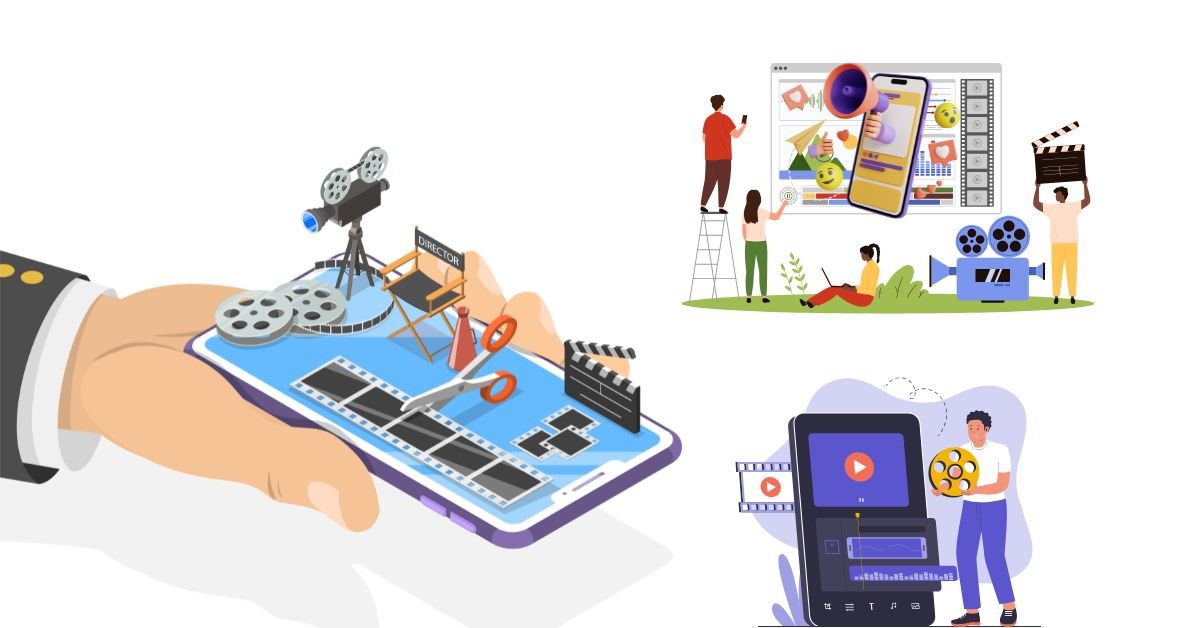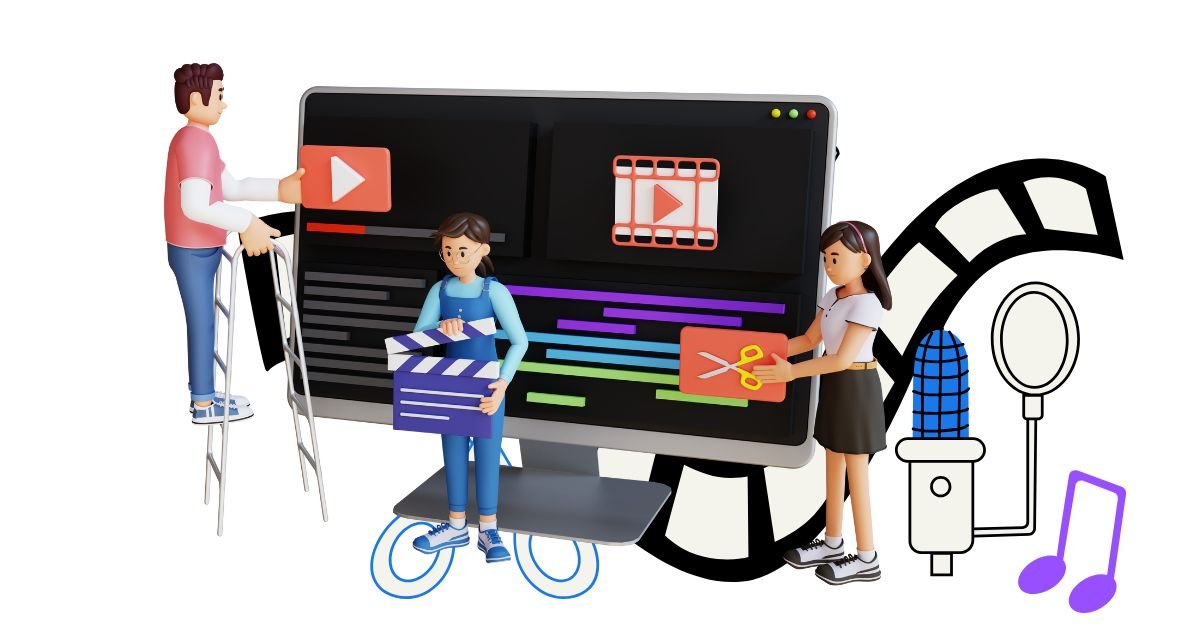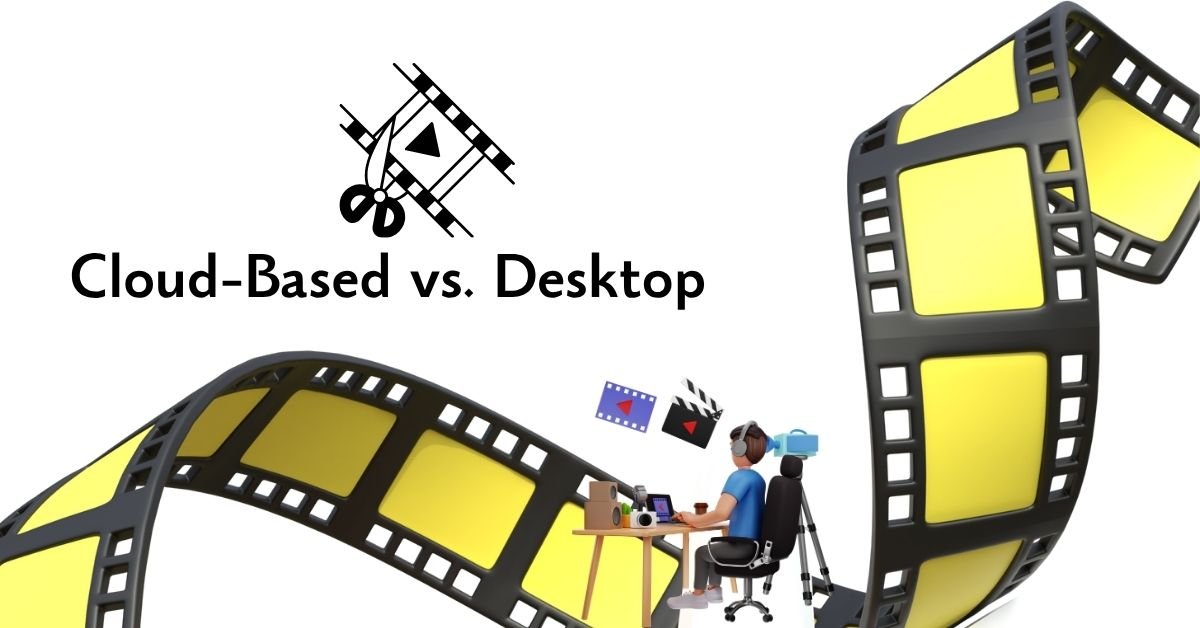Video Editing Software / Tools
Understanding and Choosing the Best Video Editing Software for Professionals
Welcome to the definitive resource for Video Editing Software, where we dive deep into the tools that power the modern content creation landscape. In today’s highly visual world, high-quality video content is no longer a luxury but a necessity for businesses, filmmakers, marketers, and individual creators looking to stand out.
At the heart of every compelling video lies powerful and intuitive video editing software.
This category serves as your comprehensive guide to navigating the vast array of video editing tools, helping you make informed decisions that align with your professional goals, workflow demands, and budgetary considerations.
Why is choosing the right video editing software crucial? It’s not just about cutting clips together; it’s about efficiency, quality, scalability, and ultimately, your bottom line. The best video editing software empowers you to transform raw footage into polished, engaging narratives that capture attention, convey messages effectively, and drive results. Whether you’re a seasoned post-production agency, a freelance video editor handling diverse client projects, a marketing professional crafting impactful campaigns, or an in-house content creator for a large corporation, your choice of editing suite directly impacts your productivity, the visual fidelity of your output, and your ability to meet tight deadlines.
Within this category, we dissect various types of video editing software, ranging from industry-standard powerhouses to agile, cloud-based solutions and specialized tools.
- Professional/Industry-Standard Software: These are the workhorses of the professional video world. Titles like Adobe Premiere Pro, DaVinci Resolve, and Final Cut Pro offer comprehensive feature sets for everything from basic cutting to advanced color grading, complex audio mixing, and sophisticated visual effects (VFX). They are designed for large-scale projects, high-resolution video editing (4K, 8K, and beyond), and collaborative workflows. We’ll explore their unique strengths, ideal use cases, and how they integrate into a complete post-production pipeline.
- Beginner-Friendly/Consumer Software: While our primary focus is on professional solutions, we’ll briefly touch upon more accessible options like Filmora or CapCut. These tools can be excellent starting points for learning video editing basics but often lack the depth, control, and scalability required for serious commercial video production. Understanding their limitations helps professionals evaluate when to upgrade.
- Specialized Software: Beyond general-purpose editors, there are dedicated tools for specific tasks. After Effects, for instance, is the undisputed leader for motion graphics, visual effects, and advanced compositing. We’ll also cover software tailored for 360 video editing, VR content, audio post-production, and professional color correction.
- Cloud-Based & Collaborative Solutions: The rise of remote work and global teams has amplified the need for cloud-based video editing platforms. We’ll examine how these tools facilitate online collaboration, streamline review and approval processes, and offer flexible access to projects from anywhere, challenging the traditional desktop-centric editing workflow.
What key features should you look for when choosing video editing software? The answer depends heavily on your specific needs, but certain functionalities are universally important for professional use:
- Robust Editing Capabilities: This is the core. Look for multi-track editing, precise trimming and cutting tools, advanced transition effects, and a intuitive timeline interface. Features like ripple edit, roll edit, slip edit, and slide edit are essential for precise control and efficiency.
- Advanced Color Grading & Correction: Achieving a professional, consistent look across all your footage is paramount. Essential features include comprehensive color wheels, curves, scopes (waveform, vectorscope, histogram), support for LUTs (Look Up Tables), and the ability to work with HDR (High Dynamic Range) footage. This is where DaVinci Resolve often shines.
- Comprehensive Audio Editing & Mixing: Crisp, clear audio is half the battle. Your software should offer multi-track audio mixing, noise reduction tools, equalizers, compressors, and the ability to work with voiceovers, sound effects, and royalty-free music.
- Motion Graphics & Visual Effects (VFX): For creating engaging intros, lower thirds, animated text, and special effects, look for powerful keyframing capabilities, masking, tracking, and integration with dedicated motion graphics software like After Effects.
- Performance & Optimization: Working with high-resolution video demands robust performance. Features like proxy editing, hardware acceleration (GPU support), and efficient rendering engines are critical for maintaining a smooth editing workflow and fast export times.
- Broad Format & Codec Support: Ensure the software handles a wide range of camera formats (DSLR, mirrorless, cinema cameras, drones), resolutions (1080p, 4K, 6K, 8K), and video codecs (H.264, H.265, ProRes, DNxHD). Compatibility is key to avoiding conversion headaches.
- Collaboration Features: For teams, built-in collaboration tools that allow multiple editors to work on the same project simultaneously, share media, and manage revisions are invaluable.
- Flexible Export Options: The ability to export your finished video in various formats, resolutions, and bitrates optimized for specific platforms (YouTube, Instagram, TikTok, Facebook, broadcast television, cinema) is essential for professional delivery.
Choosing Software for Different Business Needs: Your ideal video editing software will also depend on the type of content you primarily produce:
- Corporate & Marketing Videos: For explainer videos, brand films, product showcases, and social media video ads, you’ll need software that excels in motion graphics, text animation, and quick turnaround times. Premiere Pro and After Effects integration is often preferred here.
- Filmmaking & Documentaries: Projects requiring intricate storytelling, detailed color grading, and extensive audio post-production often lean towards DaVinci Resolve for its unparalleled color tools or Final Cut Pro for its streamlined documentary workflow on macOS.
- Social Media Content Creators: While mobile apps might suffice for quick edits, professional social media managers or content houses will benefit from desktop software that allows for consistent branding, dynamic effects, and optimized short-form video editing for platforms like TikTok and Instagram Reels.
- E-learning & Tutorial Videos: Software that integrates well with screen recording, allows for clear annotations, and facilitates precise audio synchronization is key for educational content.
- Event Videography (Weddings, Concerts): Multi-camera editing capabilities and efficient media management are paramount for professionals covering live events. Premiere Pro and Final Cut Pro offer robust solutions for this.
Learning & Resources: No matter which video editing software you choose, continuous learning is vital. This category will feature articles on mastering specific software functionalities, workflow optimization tips, and guides to finding the best online video editing courses and tutorials to elevate your skills. We’ll also highlight how to build a strong video editing portfolio and navigate client communication and pricing video editing services within the context of your chosen tools.
Future Trends in Video Editing Software: The landscape is constantly evolving. We’ll explore emerging trends like advanced AI video editing features that automate mundane tasks (e.g., auto-reframe, transcription, scene detection), further integration of cloud computing for remote workflows, and developments in VR/AR video editing. Staying abreast of these innovations ensures your business remains competitive and efficient.
In conclusion, selecting the right video editing software is a strategic decision that impacts your creative output, operational efficiency, and profitability. This category is dedicated to providing you with the insights, comparisons, and expert advice needed to navigate this critical choice. Whether you’re looking for the best video editing software for beginners to get started, or you’re a seasoned professional seeking to optimize your workflow with advanced editing techniques in Adobe Premiere Pro, DaVinci Resolve, After Effects, or Final Cut Pro, you’ll find comprehensive resources here to empower your video production journey. Explore our articles to unlock the full potential of your video editing tools and elevate your content to professional standards.









